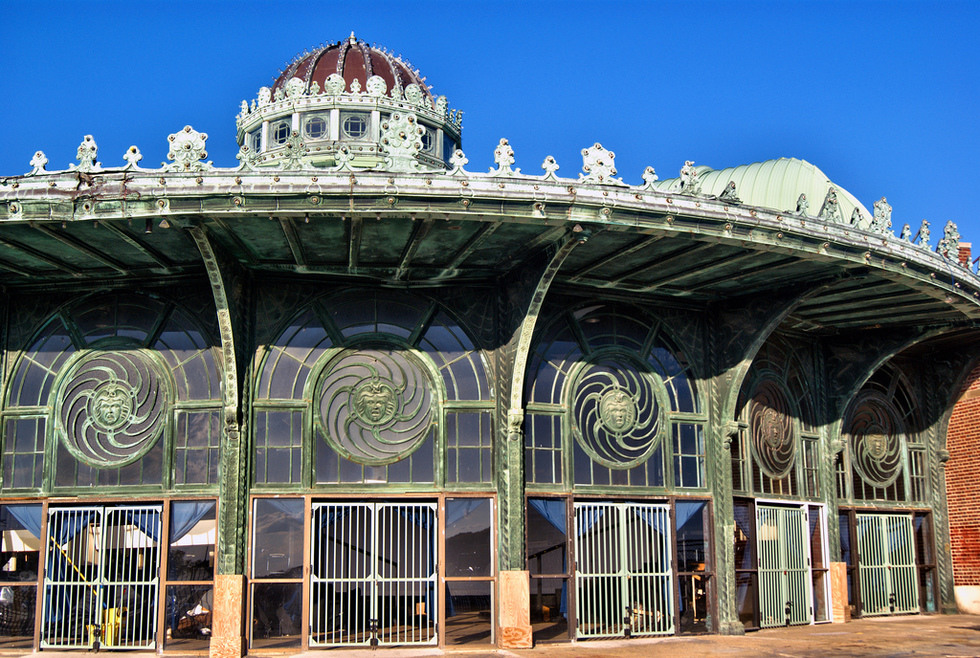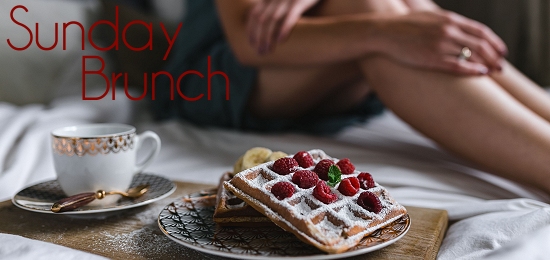
In art, the term ‘negative space’ typically refers to the place where an image isn’t, and to the way the space around that image can produce an image of its own, an image that either enhances or serves as counterpoint to the original. Sometimes this is intentional. Sometimes it is not.
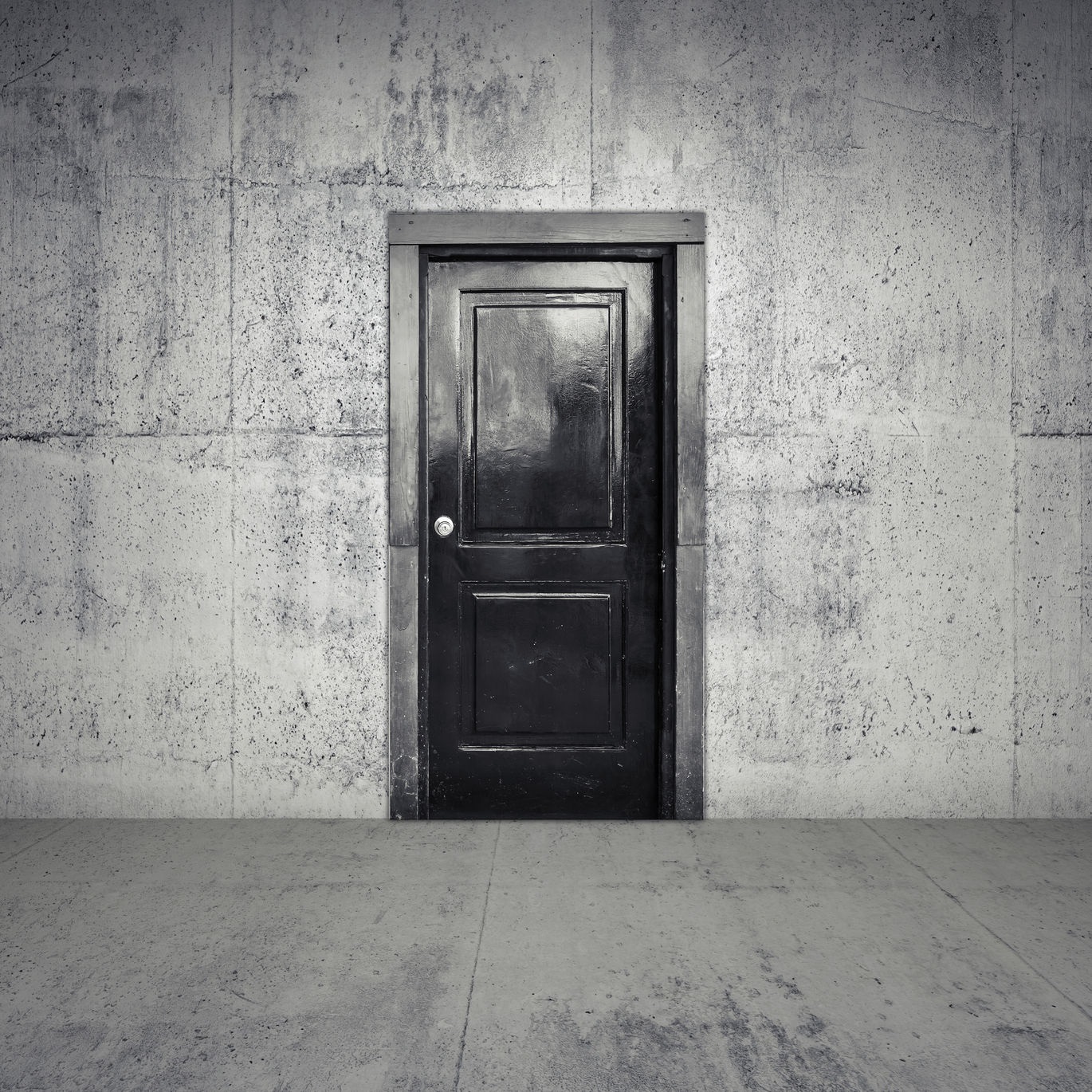 But there is another kind of negative space, the kind that has nothing to do with art, but a lot to do with stifling the creativity of the artist, the writer, the musician…
But there is another kind of negative space, the kind that has nothing to do with art, but a lot to do with stifling the creativity of the artist, the writer, the musician…
In my house, this latter kind of negative space is represented by a door.
As doors go, this one is outwardly innocuous. It’s a white, four paneled, interior door of the kind found hinged into the thresholds of many a suburban bedroom. This particular door, however, leads to my office, my studio, the room I refer to as the Word Lounge and my husband calls my Abode of Writeyness.
I love my writing haven. I’ve filled it with mermaid art and pop-culture figurines. There are decorative twinkle lights strung along the top of the picture window that looks out onto the street. I have my mother’s faded denim couch in there, and my weight machine, which because its brand logo reads “Marcy,” I refer to as Marcy Playground, after the band.
But in the past four years, I’ve crossed its threshold fewer than ten times.
I’ve told myself, and my friends, that I like to write at the kitchen table, with the door open and the dogs running in and out.
I’ve told myself I’m still recovering from a knee injury.
But if neither of those statements is entirely false, neither are entirely true.
You see, for four years, my studio, my writing lounge, has been enshrouded in a fog of negative space.
It began with an act of generosity. A good friend of ours had gone through a nasty divorce, gotten sick, lost his job, and was essentially squatting in his condo in a midwestern city with the power turned off and winter approaching.
We offered him a room, a fresh start and a plan: take a couple weeks to get healthy, get a job, get a new life.
It was never meant to be four years of him skulking in our house when he wasn’t working his overnight shift for a major delivery service.
And his depression (not officially diagnosed though it runs in his family, admitted as a likelihood, and untreated) was never meant to affect me.
It began as soon as he arrived. Thinking one tiny guest room was too small for one person, I’d moved my studio to our current guest room. It’s smaller, and my weight machine couldn’t be moved with the rest of my stuff. Nor could my couch.
For six months, our friend hung out in that room, tainting it, watching Netflix and claiming he was applying for jobs.
We talked to him. We made him demonstrate his attempts. We coached him.
And I began to resent that he was sitting on the floor in my space. I felt like I couldn’t use my weight machine. “Just send me out,” he said. But his energy had already pervaded the space.
When my parents announced an impending visit, I took the opportunity to reclaim that space for my office, and I also removed the guest furniture from the room he was using. He’d brought a futon on a frame. We moved that into his room.
But his energy continued to be a damper on my creativity. I felt like I couldn’t exist in my own space, because it might keep him, hiding in his room directly across the hall) from sleeping (his mood got blacker when he lacked sleep). I even stopped swimming – something we mermaids should never do – because his room overlooked my back yard.
I don’t think I was – or am – clinically depressed. Instead, I feel like I’ve spent four years in a sort of psycho-spiritual muzzle.
Last weekend, after weeks of will it/won’t it happen, our friend moved out of our house, and into a tiny apartment with a mutual friend, and from the first night he stopped sleeping here, even though he still has belongings to retrieve and a room to clean, I immediately felt lighter.
I’ve written before (elsewhere) about how I often face a creative slump in the first weeks of August, leading up to my birthday on the seventeenth, but this year, despite greeting the month with a nasty sinus infection, my brain is pinging with ideas in ways I haven’t experienced in years.
In art and design, negative space is meant to enhance and expand the central image. A flyer without a lot of whitespace (which, incidentally, does not have to actually be white) is too busy, and people have difficulty parsing the message.
For me, the negative space around my office door, and seeping into the rest of my house, has been more contrast and counterpoint than complement. I’ve reveled in every moment our friend was out, whether it was for work, or to socialize. I suspect some of my sleep issues were a reaction to knowing my house was mine during the overnight hours when he was at work.
I don’t wish anyone to believe it was all bad. There were moments when having a third person in the house was helpful, and even pleasant. Our friend shares my love of kitchen improv and ethnic foods, while I often joke that my husband has the palate of an eight-year-old. There were also many winter weekends that we all spent playing board games that Fuzzy and I couldn’t play with only the two of us.
But those moments were less and less restorative as the time ticked on. As I recently quipped to a friend, it took less time to successfully rehome a difficult-to-place foster pit bull than it has to rehome our friend.
I know I’m not the only one who has had to deal with such situations. Perhaps for others they are less extreme, but we all have ‘energy succubi’ in our lives – people who don’t just live under a personal black cloud, but unwittingly allow their clouds to metastasize into full-blown fog banks, or worse, thunderstorms.
Ultimately, this experience has taught me a lot about boundaries and margins. I’ve learned that while I’m not a true introvert, I do require the freedom to fill my own space as I need and want.
That I can – and do – quite happily share space with my husband says a lot about our relationship. I suspect that in his life, I’m the source of negative space, my creative personality leaving me prone to moodiness from time to time, but it’s not the same. His energy complements mine. My energy connects with his.
Two friends from completely separate circles in my life have suggested that once our friend clears all of his belongings from our house, we have the space smudged with sage, and I’m pretty sure we will be doing so.
In the meantime, the negative space in my house is slowly being filled with positive things. The sense of darkness creeping down the hallway, and preventing me from entering my studio has been pushed back and continues to retreat, to dissipate, to disappear.
Perhaps, in time, I will no longer think of negative space as the cloud of darkness that shrouded our friend’s sojourn in our home.
Perhaps, in time, I will be able to appreciate the counterpoint and the contrast once more.
For now, I’m taking a leaf from Eat, Pray, Love, wishing our friend love and light, and trying to let my resentment go.
About the author: Melissa A. Bartell
 Melissa is a writer, voice actor, podcaster, itinerant musician, voracious reader, and collector of hats and rescue dogs. She is the author of The Bathtub Mermaid: Tales from the Holiday Tub. You can learn more about her on her blog, or connect with her on on Facebook, Instagram, or Twitter.
Melissa is a writer, voice actor, podcaster, itinerant musician, voracious reader, and collector of hats and rescue dogs. She is the author of The Bathtub Mermaid: Tales from the Holiday Tub. You can learn more about her on her blog, or connect with her on on Facebook, Instagram, or Twitter.

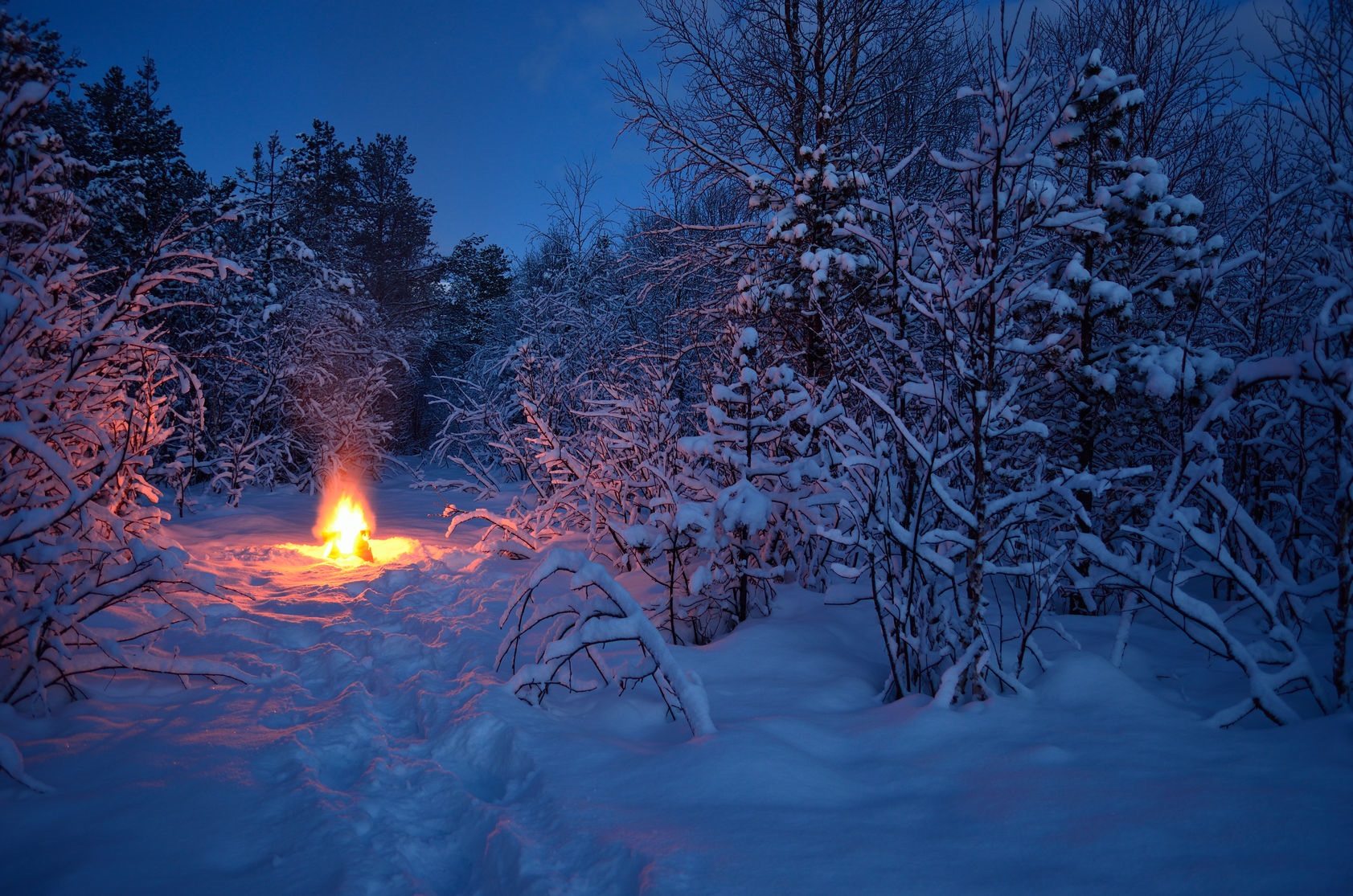
 Melissa is a writer, voice actor, podcaster, itinerant musician, voracious reader, and collector of hats and rescue dogs. She is the author of The Bathtub Mermaid: Tales from the Holiday Tub. You can learn more about her on her blog, listen to her podcast, or connect with her on on Facebook, Instagram, or Twitter.
Melissa is a writer, voice actor, podcaster, itinerant musician, voracious reader, and collector of hats and rescue dogs. She is the author of The Bathtub Mermaid: Tales from the Holiday Tub. You can learn more about her on her blog, listen to her podcast, or connect with her on on Facebook, Instagram, or Twitter.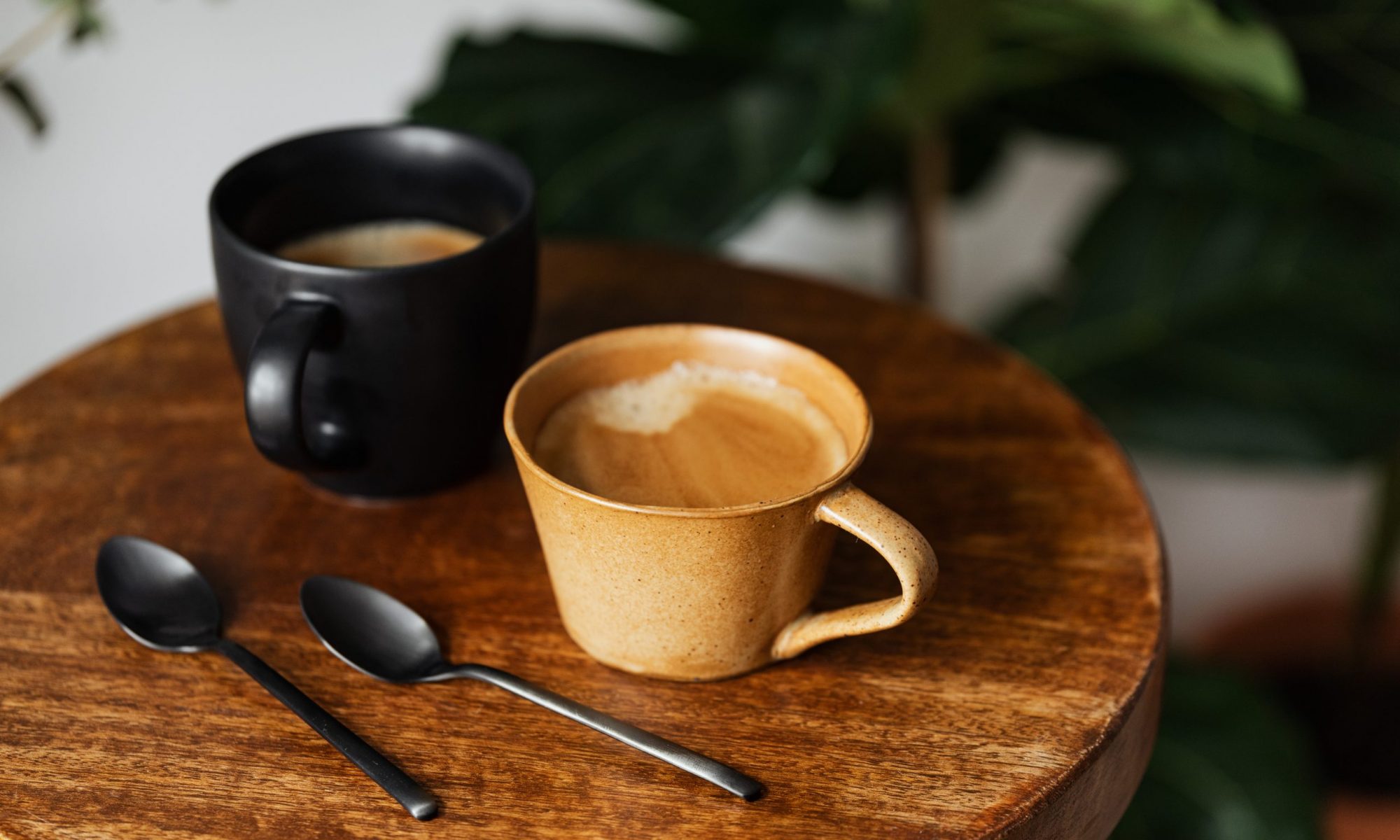
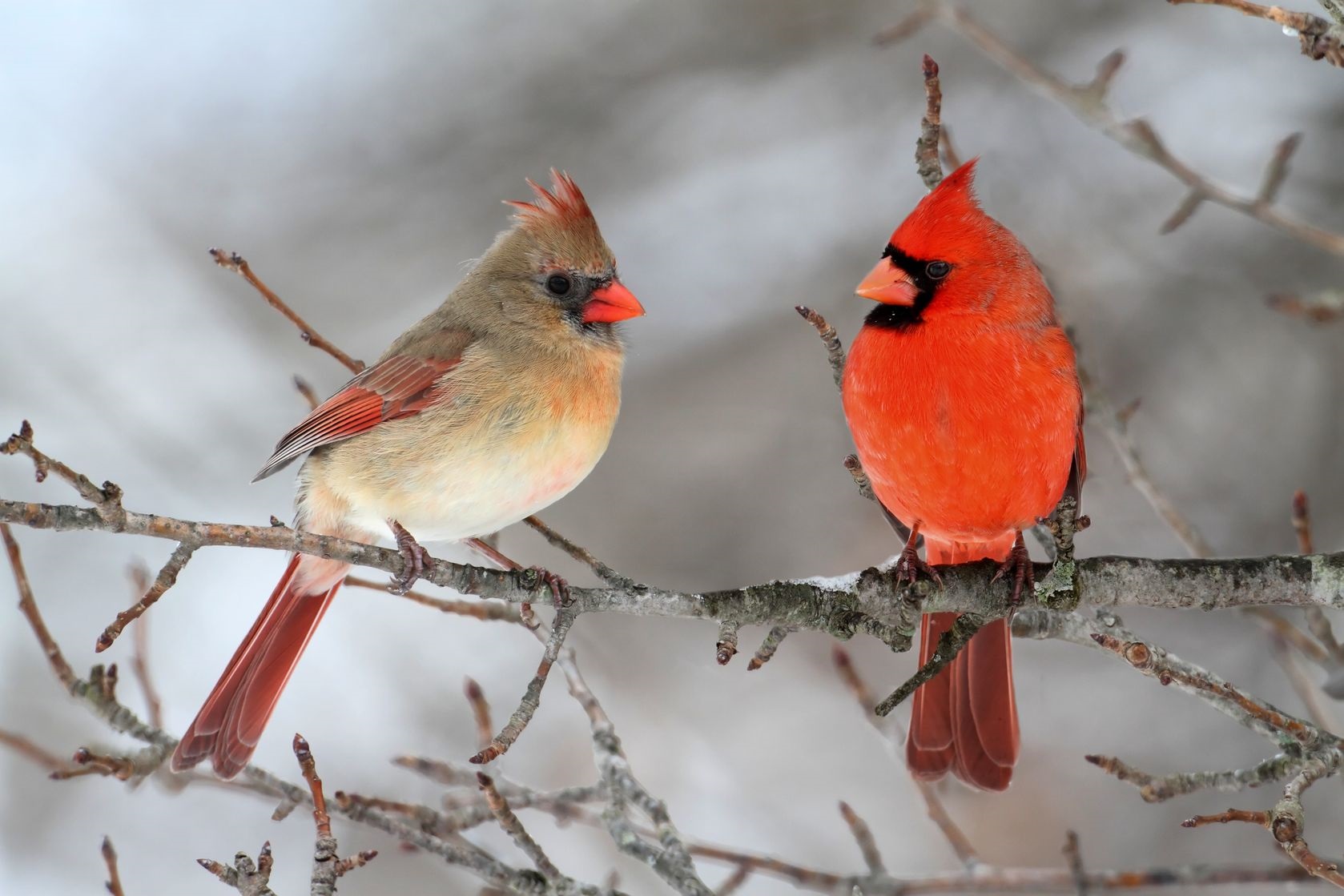
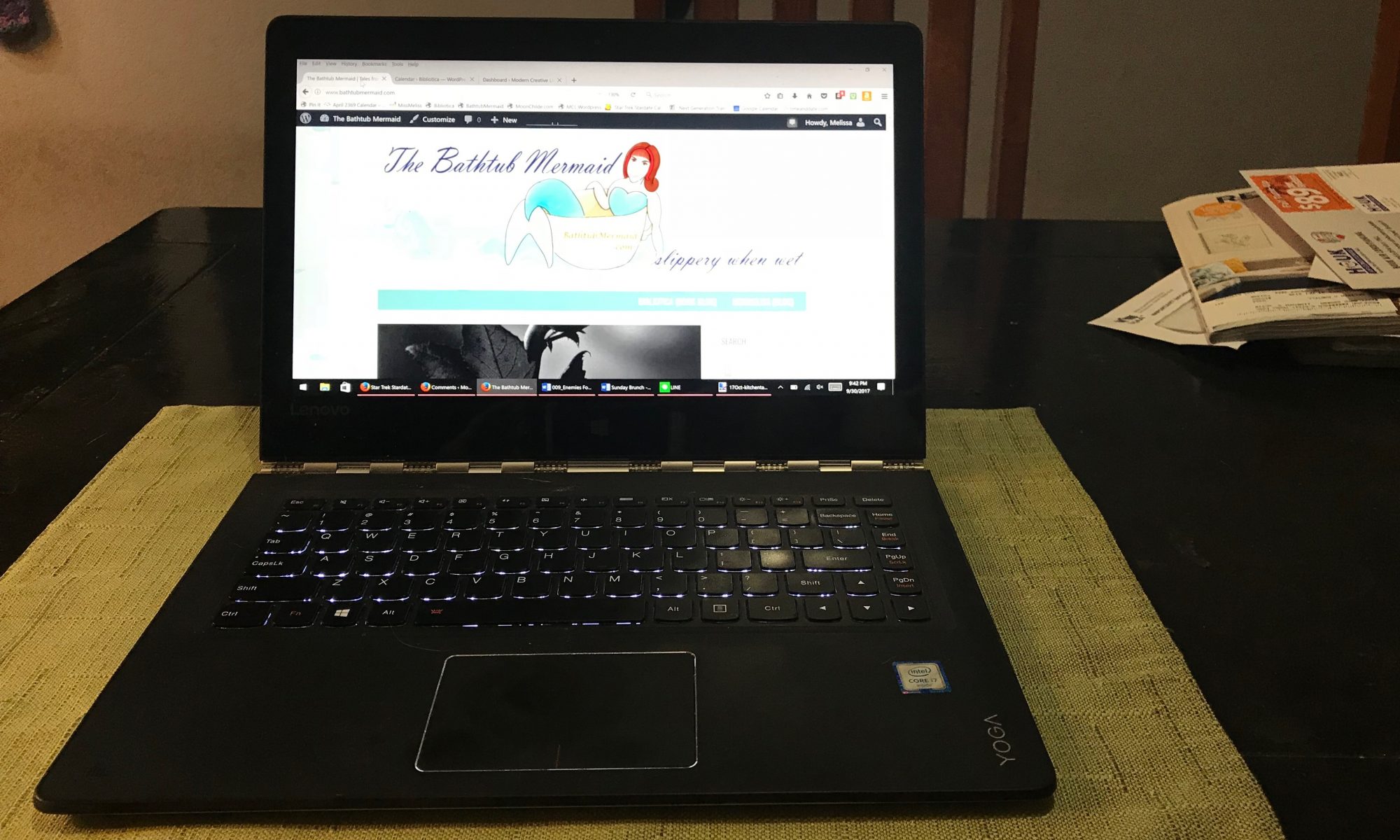
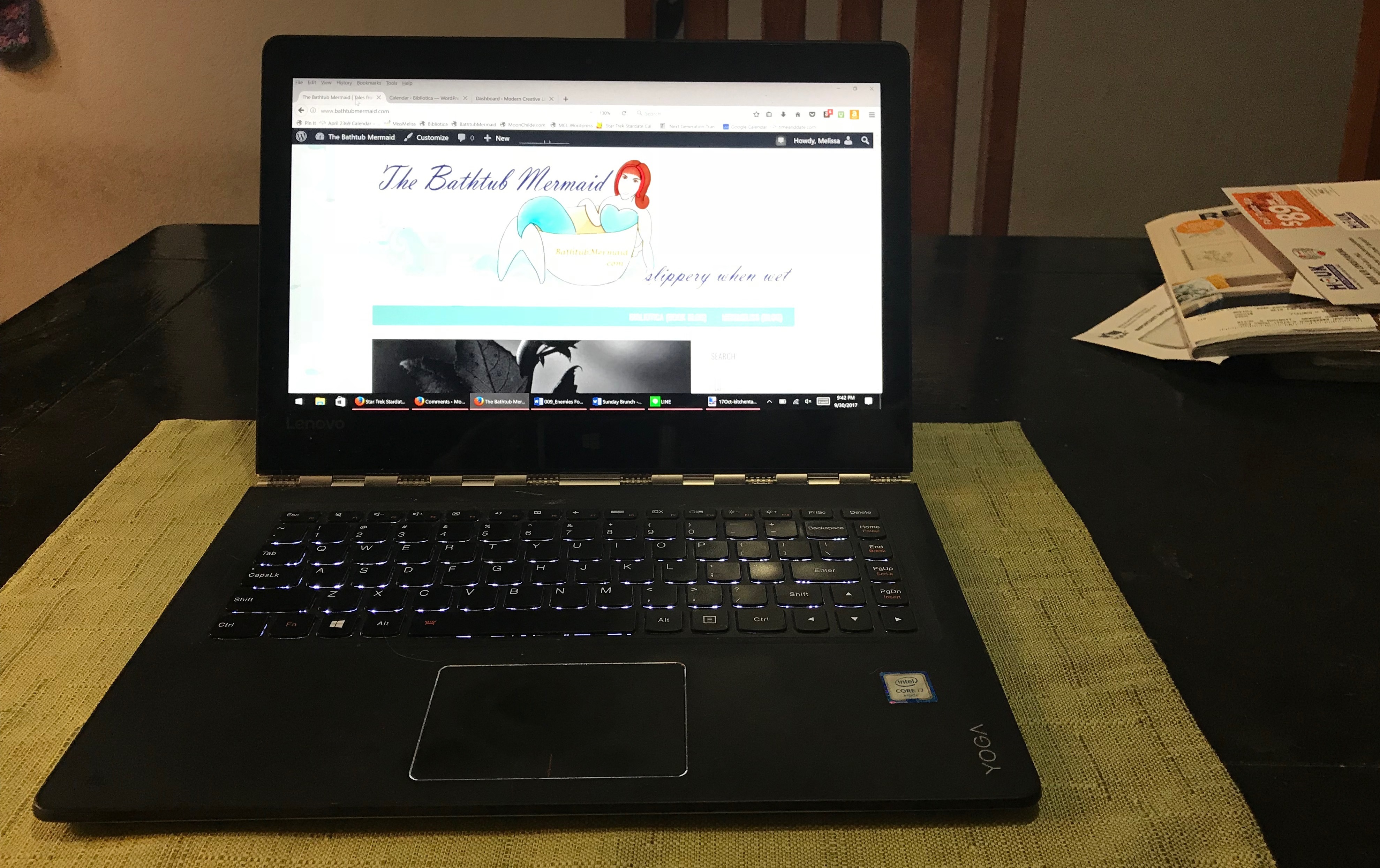

 Most often, the birds I see are grackles, but I actually like those birds, which aren’t jet black, after all, but deep indigo, purple, charcoal grey, and even, sometimes, subtle maroon. Sometimes there are woodpeckers. Often the big obnoxious blue jay with the Batman mask over his eyes comes to visit. I’m no Disney princess. The birds don’t ever clean up my house or create dresses from flowers and twigs, but I like seeing them.
Most often, the birds I see are grackles, but I actually like those birds, which aren’t jet black, after all, but deep indigo, purple, charcoal grey, and even, sometimes, subtle maroon. Sometimes there are woodpeckers. Often the big obnoxious blue jay with the Batman mask over his eyes comes to visit. I’m no Disney princess. The birds don’t ever clean up my house or create dresses from flowers and twigs, but I like seeing them.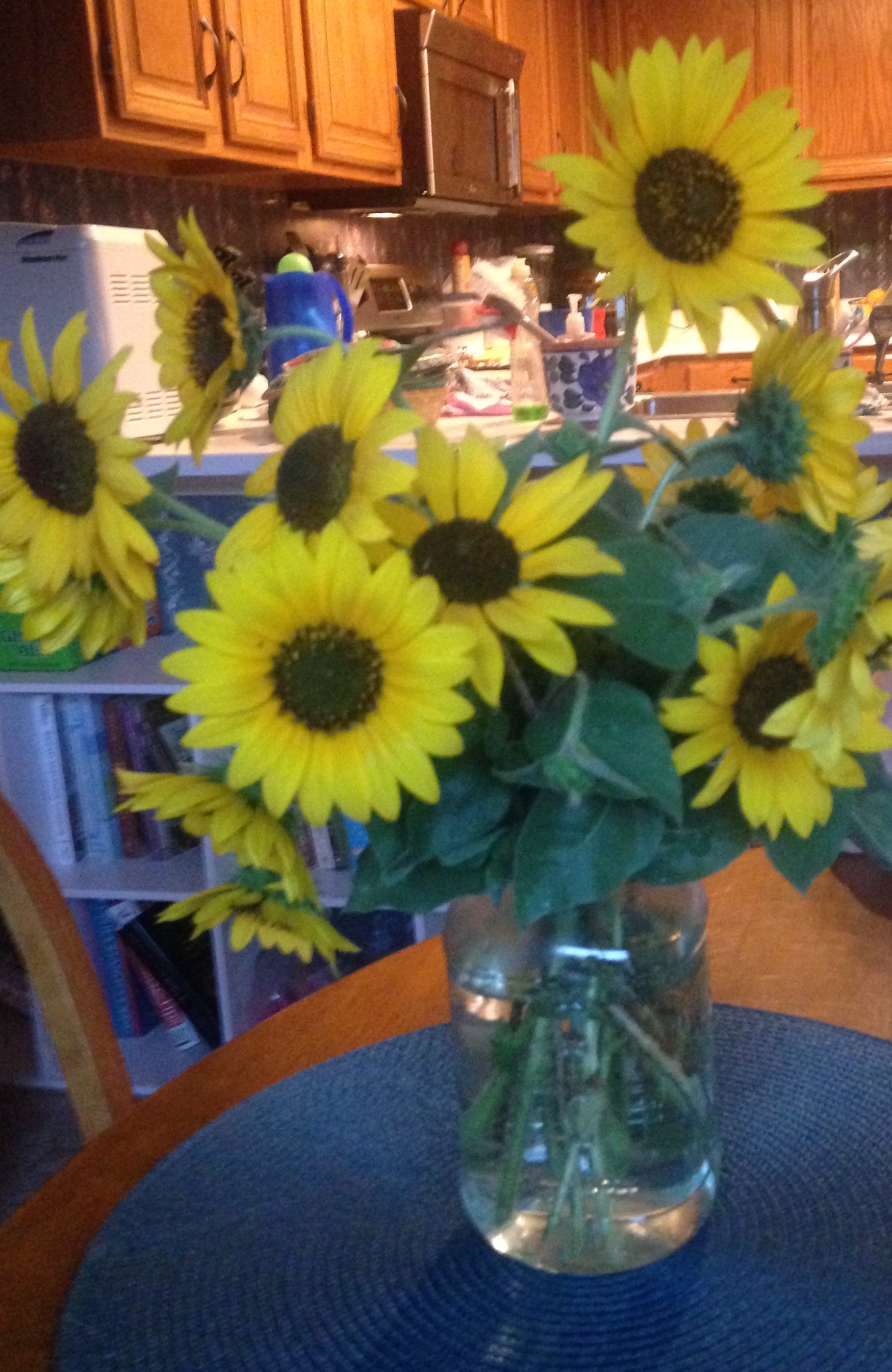
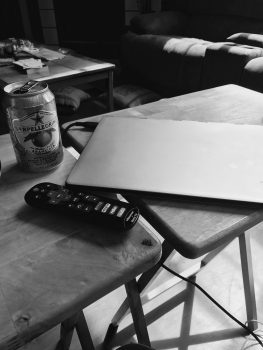

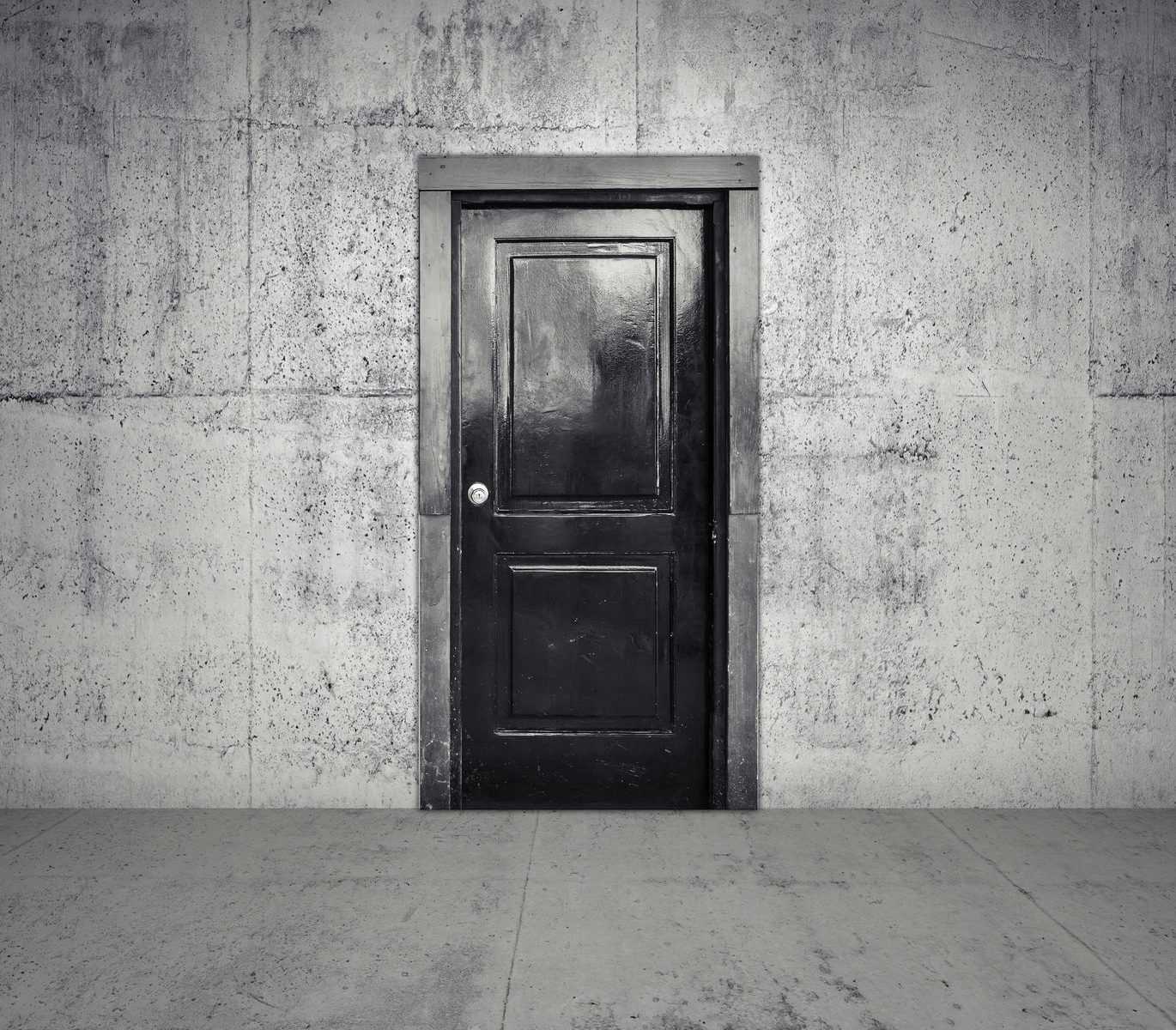
 But there is another kind of negative space, the kind that has nothing to do with art, but a lot to do with stifling the creativity of the artist, the writer, the musician…
But there is another kind of negative space, the kind that has nothing to do with art, but a lot to do with stifling the creativity of the artist, the writer, the musician…

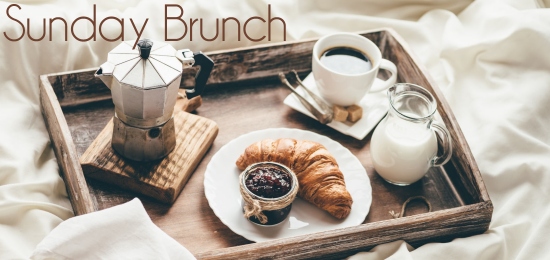
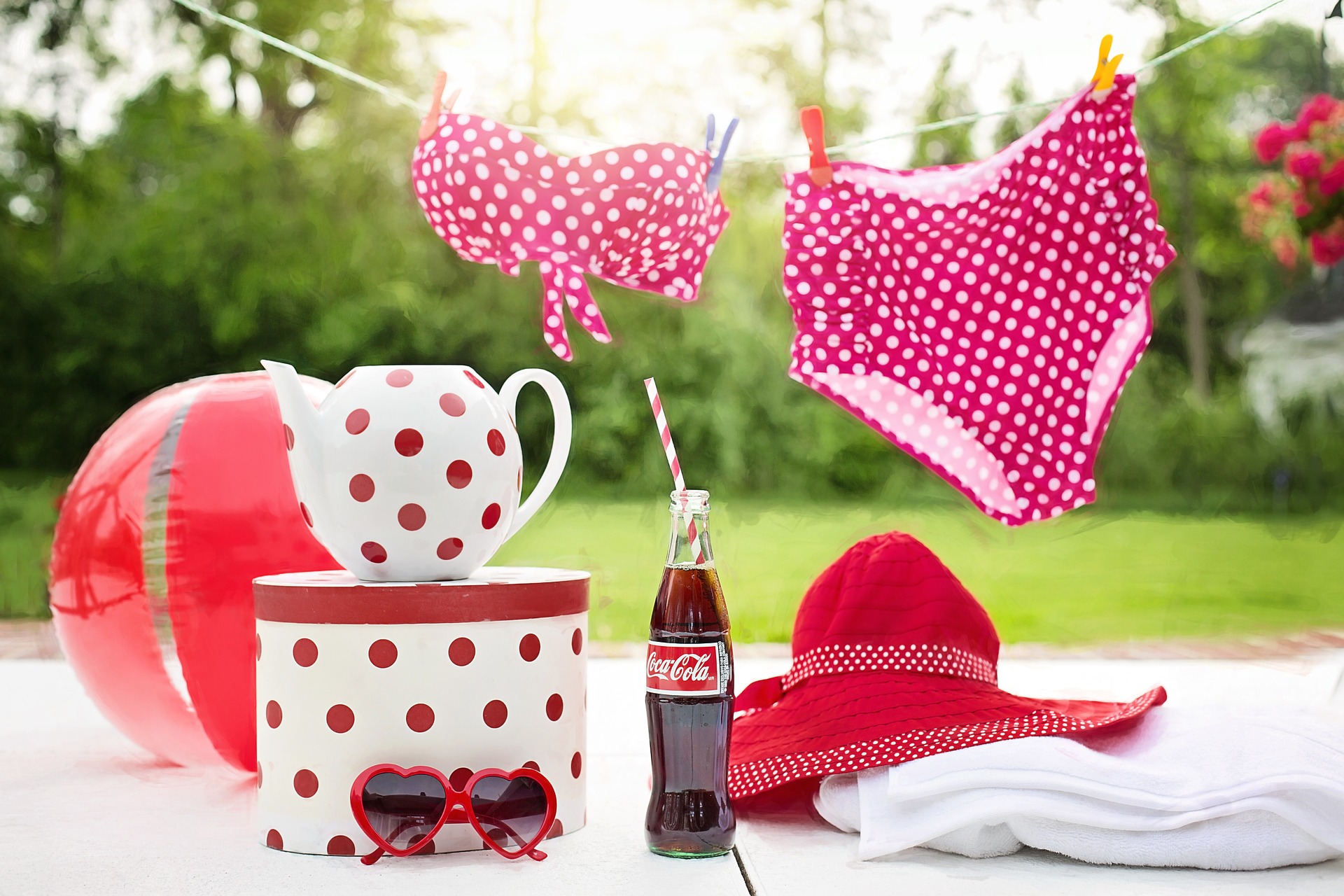
 Melissa is a writer, voice actor, podcaster, itinerant musician, voracious reader, and collector of hats and rescue dogs. She is the author of
Melissa is a writer, voice actor, podcaster, itinerant musician, voracious reader, and collector of hats and rescue dogs. She is the author of 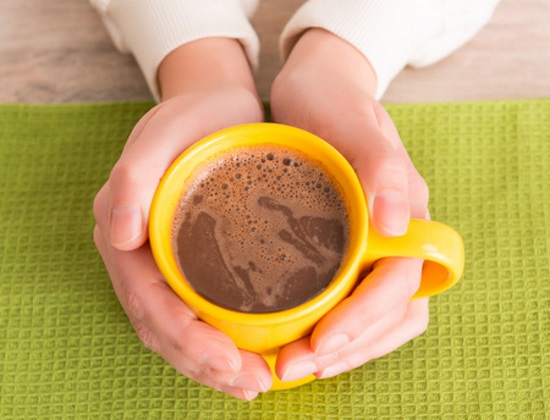

 Melissa is a writer, voice actor, podcaster, itinerant musician, voracious reader, and collector of hats and rescue dogs. She is the author of
Melissa is a writer, voice actor, podcaster, itinerant musician, voracious reader, and collector of hats and rescue dogs. She is the author of 